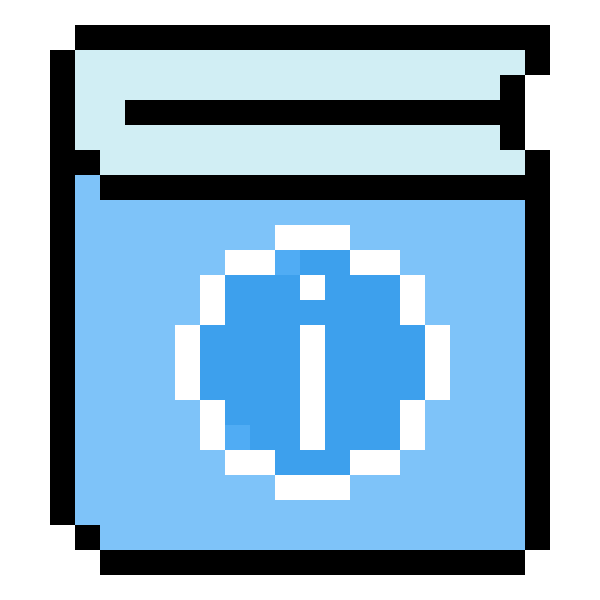184 reads
How to Use the HTML <canvas> Element to Draw Shapes, Text, and Animations
by
November 10th, 2025
Audio Presented by
Story's Credibility



About Author
Full-stack Consultant | Product Builder | WSET Level 2 Sommelier


Full-stack Consultant | Product Builder | WSET Level 2 Sommelier